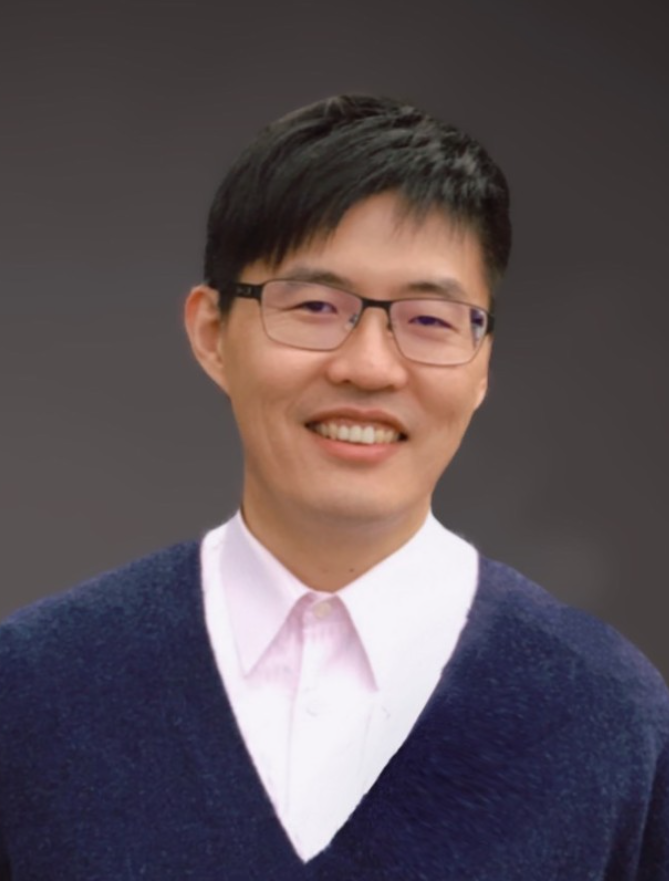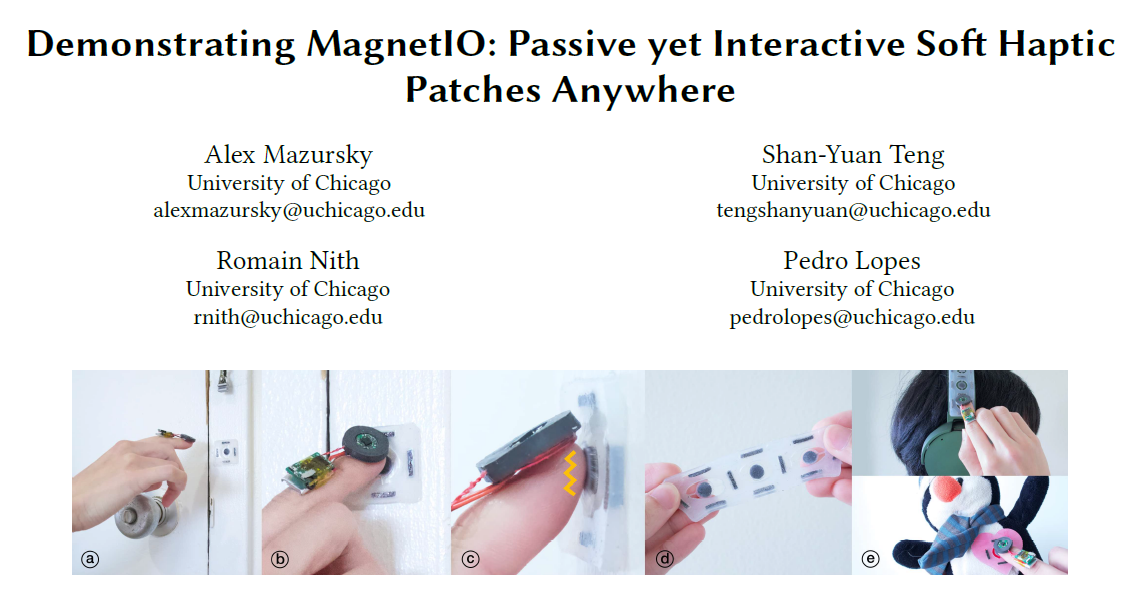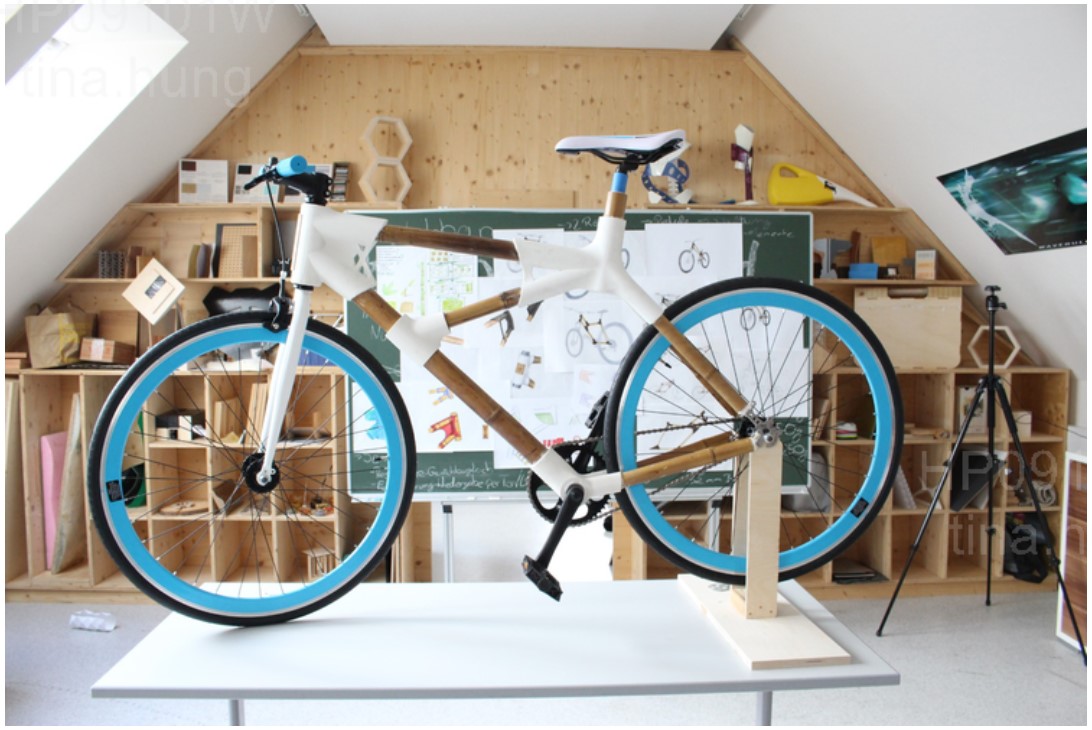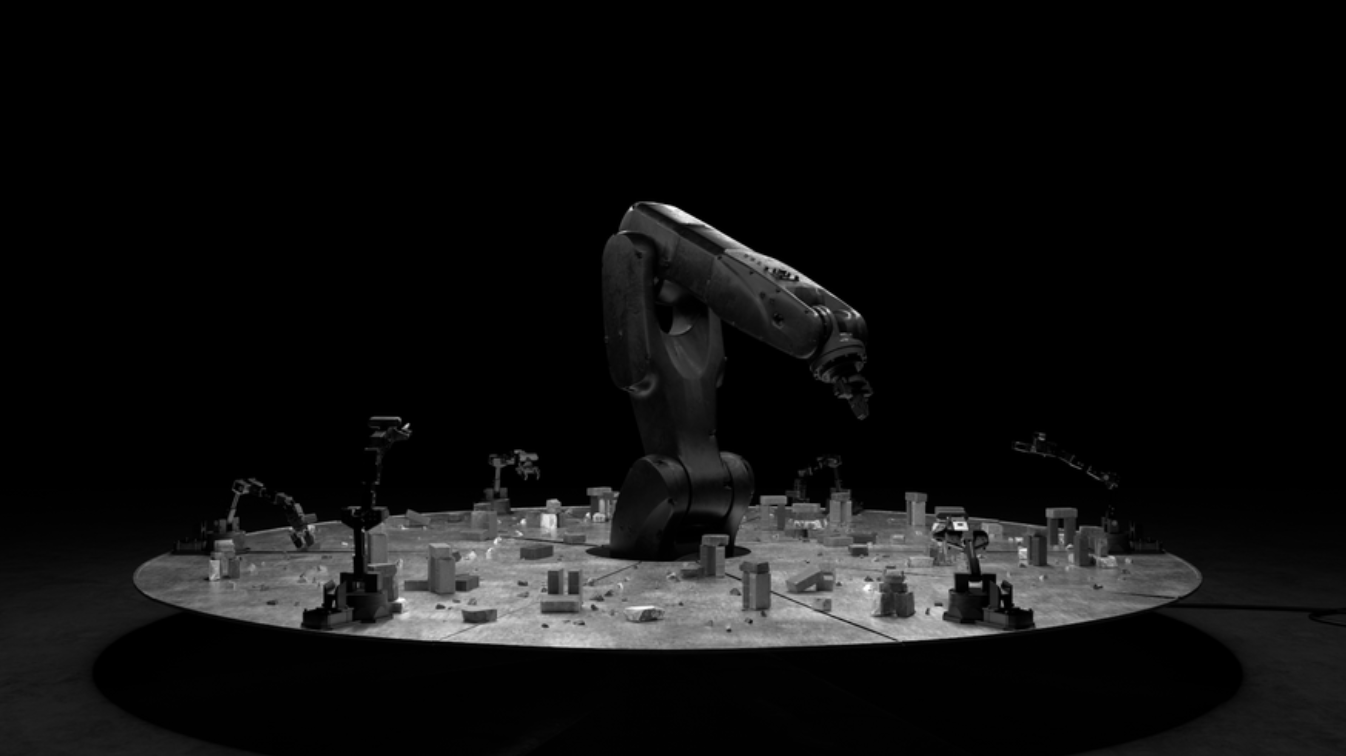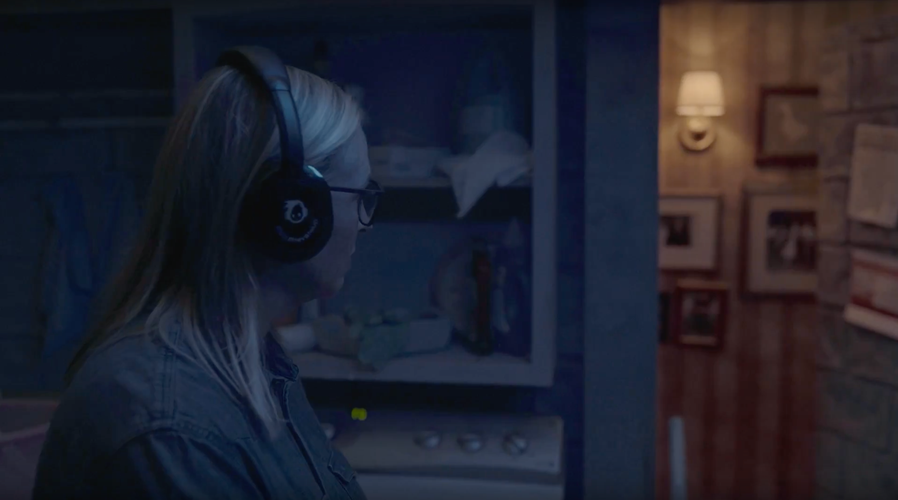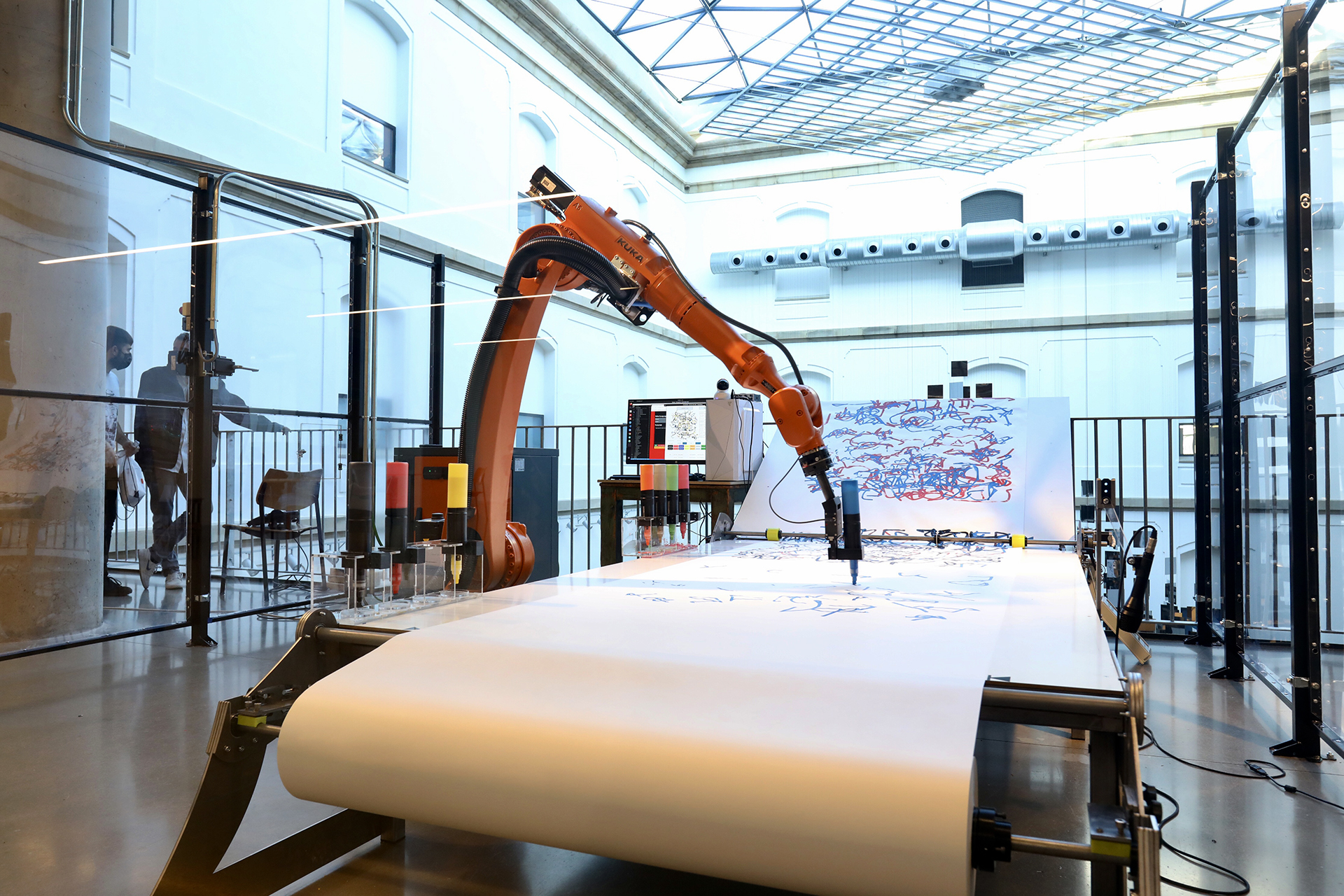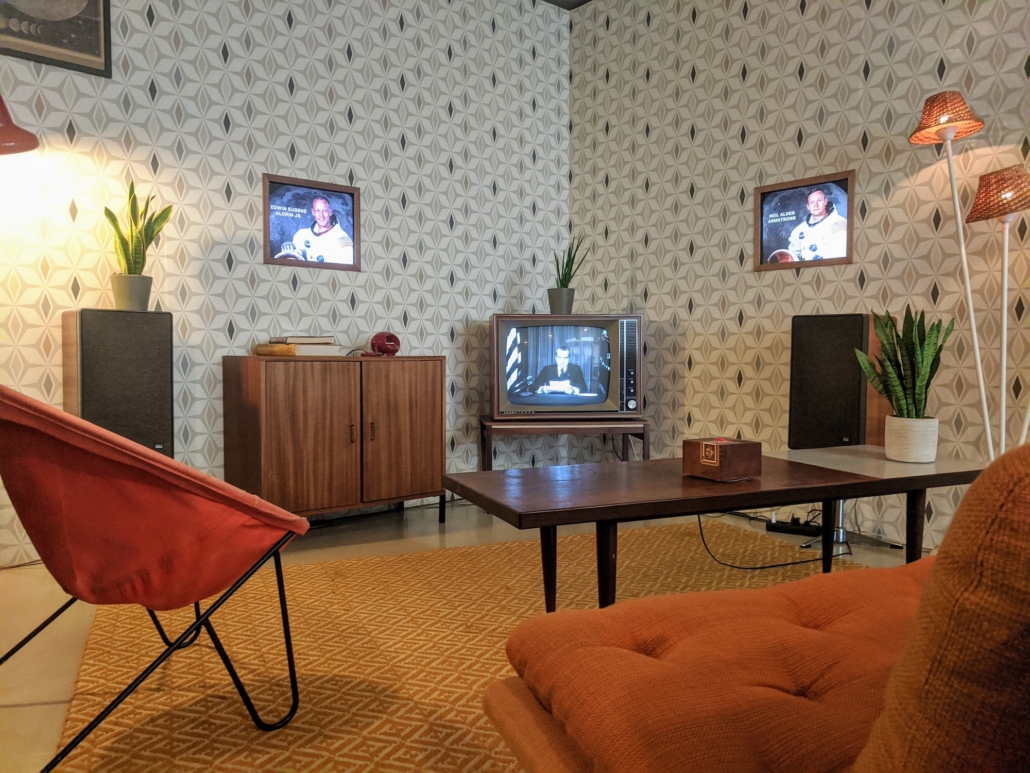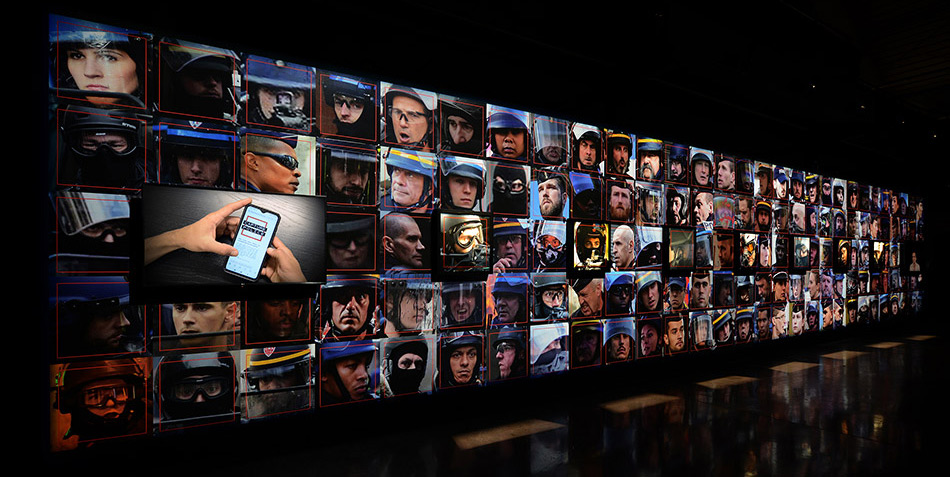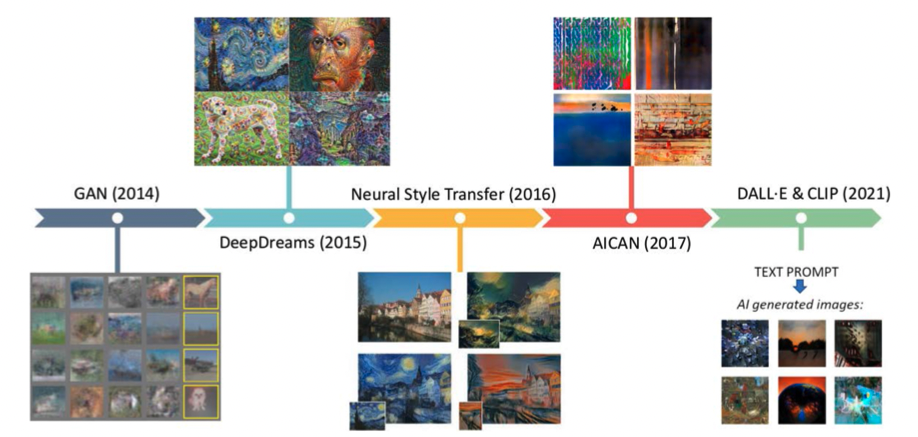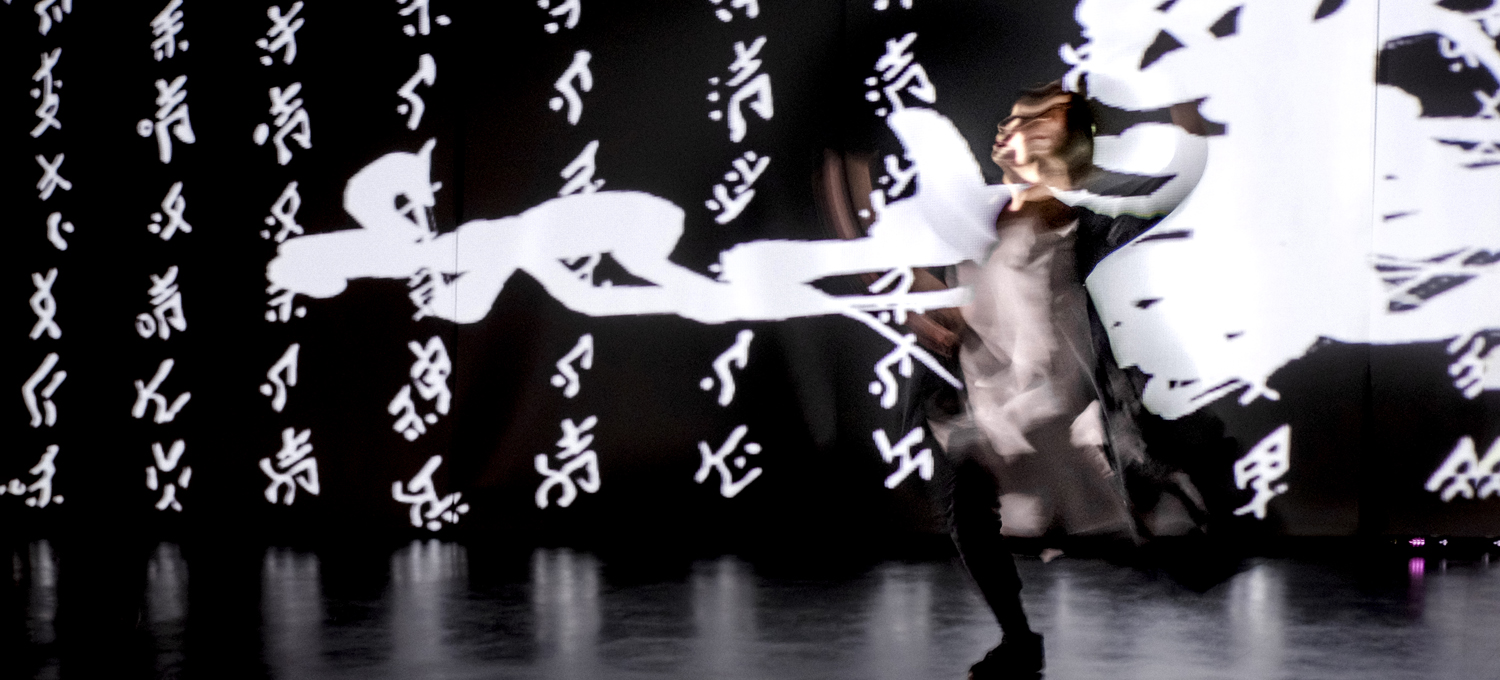Art Title: THE CLEANROOM PARADOX
ARS ELECTRONICA Honorary Mention 2021
Catagory: Artificial Intelligence & Life Art
Author: Felix Lenz, Angela Neubauer, Eszter Zwickl
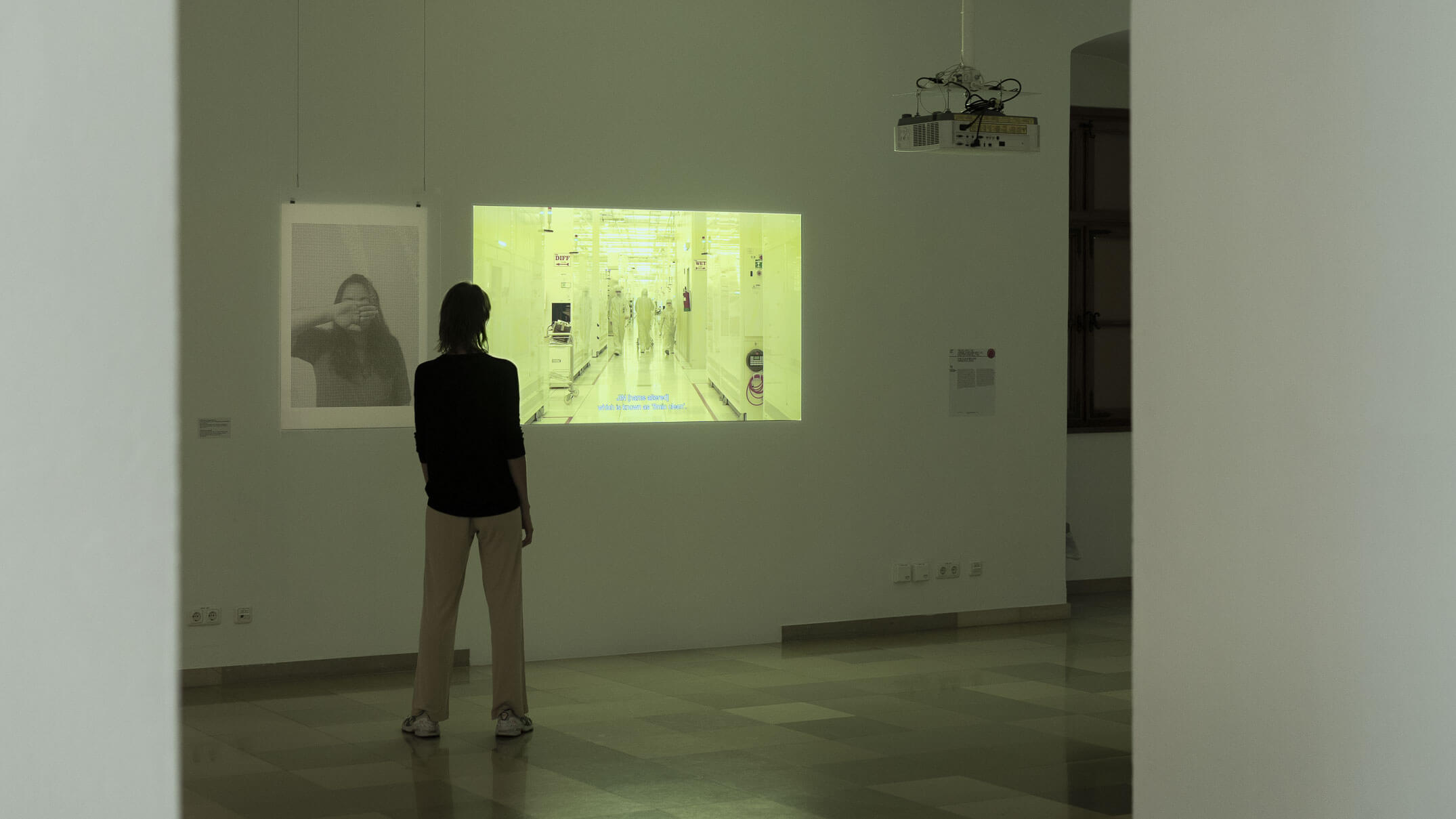
Abstract:
In 1/60 of a second—corporality captured on a chip. Then, the partition, the dissolution, neutralization, reduction, time passing until technicality becomes an analogy, process an inversion.
Jin is a former Samsung factory worker whose employer failed to acknowledge the lack of adequate precautionary health measures during work procedures. After her time in the industry, she is left alone to deal with the drastic consequences: a kidney cancer diagnosis.
Dismantling the deceptively pristine image of the high-tech industry The Cleanroom Paradox unveils the systemic suppression of information on occupational and toxic hazards at semiconductor production sites. It is insufficient protection of health, untimely illnesses, and the corporate renouncement of the likely connection of both that are being addressed. Recounting lived experiences, a gradually disintegrating, printed photograph of Jin and a video documenting the portrait’s creation are being superimposed with her own as well as experts’ personal stories, shedding light on the industry’s latent practices.
The ink to print Jin’s portrait taken with a Samsung Galaxy Note 8 is corrosive and made of chemically dissolved smartphones. The resulting slurry is partly neutralized, then reduced to a thick, black mass, mixed with an adhesive and ultimately screen-printed onto a 100 x 70 cm paper, interweaving stories and fibers within reversion. Analogous to the etching processes affecting the bodies of workers like Jin, the corrosive ink will slowly disintegrate the print over time, skinning a surface under which Jin’s story, amongst others’, is already inscribed in the lower layers.
But this is not only a bodily exposure; the toxicity hidden behind the many steps in semiconductor manufacturing and the extent and effect of the labor necessary to shape high-tech products shifts focus towards the main actors, towards the middle-west, demanding responsibilities.
Fates like Jin’s are not isolated cases and can be traced across the industry in the Eastern as well as Western Hemisphere.
Keywords:
semiconductor, industry, toxicity, ink, kidney cancer
PPT
Art Work
